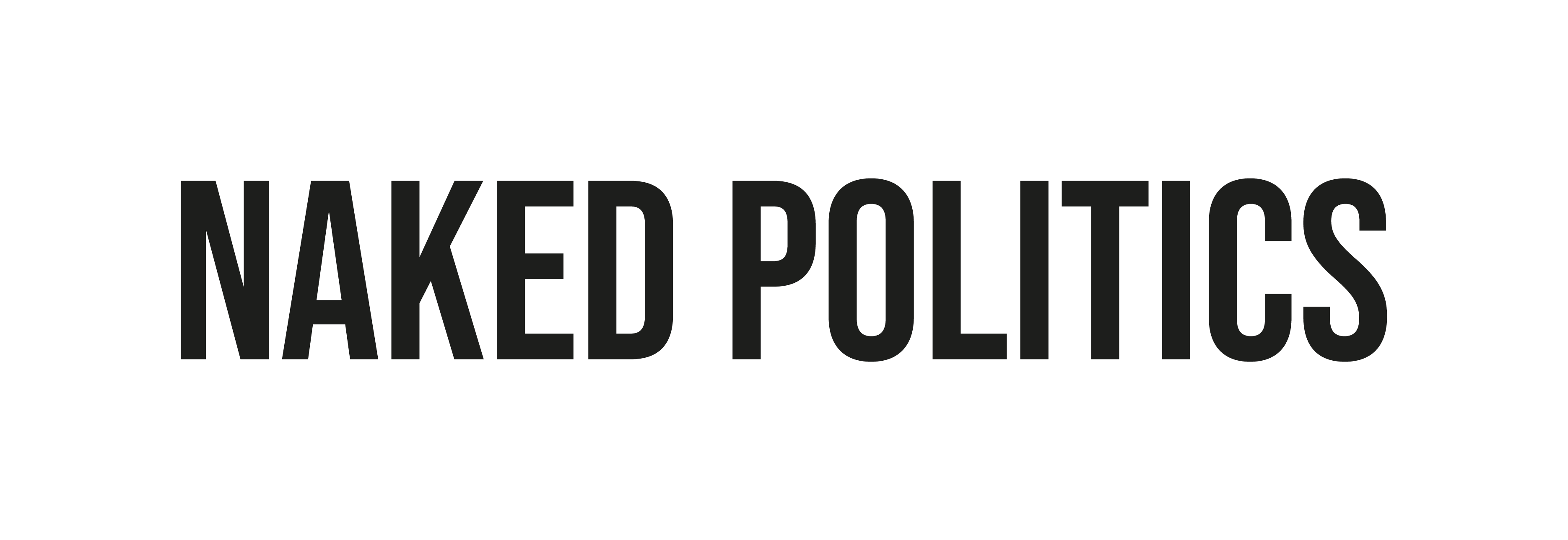Alice Clayton
After a long week of speculation, lawsuits, ballot counting, and Trump’s temper tantrums, we finally know that Joe Biden will become the next President of the US. However, his path to the White House was not as simple as the pollsters had predicted. With most polls agreeing that Biden would comfortably win the election with a landslide victory, we must ask the question: can we still trust the polls?

Support Us!
Support us by contributing as little as £1 so we can continue to give young people a voice and a platform they deserve
1.00 £
In a time where we have endless information and data at our fingertips, it seems surprising that pollsters are continually failing to accurately gauge the mood of a nation. Election polls are used to provide a snapshot of what the public is thinking at a particular moment, but the accuracy of these forecasts is questionable.
Before the vote last Tuesday, predictions suggested that Biden would easily secure an Electoral College victory, with all of the swing states backing him. Yet, the results in most of these key battleground states were on a knife-edge, and after days of counting and recounting, the final result of the election wasn’t announced for another four long days. Election pollsters FiveThirtyEight gave Trump a 31% chance of winning in Florida, which ended up being one of his biggest successes on election night. They also gave Biden an 84% chance of success in Pennsylvania, yet the results here were too close to call for several days.

These predictions were certainly not standalone: throughout his entire campaign, Biden had a comfortable lead in the polls. There was so much faith in Biden’s popularity that there was even talk that he could turn Texas blue this year, despite it being a Republican stronghold since 1976. Pollsters were justifying their predictions by claiming that Biden’s lead is very different to Hillary Clinton’s in 2016, as she was a far more controversial figure in the public eye, and had a lower net-approval rating. However, Biden’s underperformance has shown us that Trumpism has far from disappeared, as Trump secured around 7 million more votes than he did in 2016, with a particularly strong performance with Hispanics.
With pollsters underestimating the power of Trumpism in 2016, why didn’t they learn from their mistakes this time around?
How can we sample the whole of the population?
Typically, the groups who take part in polling surveys are college graduates, middle-class people, white people, and older people. “Hard-to-reach” groups – such as people in very rural areas, people without formal education, and immigrant communities – are often overlooked and underrepresented by pollsters, but their votes have a significant impact on election results.
It is extremely difficult to get an accurate sample of the very diverse population of the US. People cannot be put into ‘one size fits all’ boxes, and many people don’t fit into their stereotype of the ‘average voter’. It is very possible to be a white man living in the Bible Belt who loyally votes for the Democrats, just as it is possible to be a college-educated African American woman who fiercely supports Trump. However, the polls rarely reflect this diversity.
Peoples’ identities are complex and diverse, and every factor influences how someone will vote. For instance, 87% of black voters voted for Biden in 2020. Yet, voters with an income of $100,000 or more were more likely to vote for Trump. So, when pollsters try to divide the population into small boxes, where would very wealthy black voters fit? Which of their identities would sway their decision more? When it is impossible to break down the demographics of a nation into neat little boxes, it is unsurprising that their election forecasts are so often inaccurate.
Underestimating Trumpism
With polling surveys overlooking key groups in the population, the impact of minority voters is crucial. Biden was predicted to win in Florida, yet Trump’s anti-communist rhetoric meant that Cuban communities in this state voted for Trump in record numbers. Their votes contributed to a huge win for Trump in a key battleground state, but again pollsters overlooked the power of the Latino vote.
Another idea which was analysed after Trump’s unexpected win in 2016 was the idea of ‘shy Trump voters’ who distort the polling. These are people who are reluctant to admit that they plan to vote for Trump when asked by pollsters over the phone. The reasons for this are debated, though some suggest that Trump supporters fear the repercussions of openly disclosing their political views. Trump’s controversial opinions on race may have made it more socially unacceptable for his voters to openly support him, particularly after race relations have heightened since the death of George Floyd and the Black Lives Matter protests across the US.
Looking back at recent elections on both sides of the Atlantic, it is hardly surprising that trust in pollsters is dwindling. With the 2016 US election, the 2017 UK election, and Brexit all delivering unexpected results, pollsters must rethink their methods and encourage minority groups to participate in polling surveys. Without a proper sample, it is impossible to accurately gauge how the nation is feeling, which would see polls to be more like betting odds at the bookies rather than a serious political tool.
Thanks for reading our article! We know young people’s opinions matter and really appreciate everyone who reads us.
Give us a follow on Instagram, Twitter and Facebook to stay up to date with what young people think.

